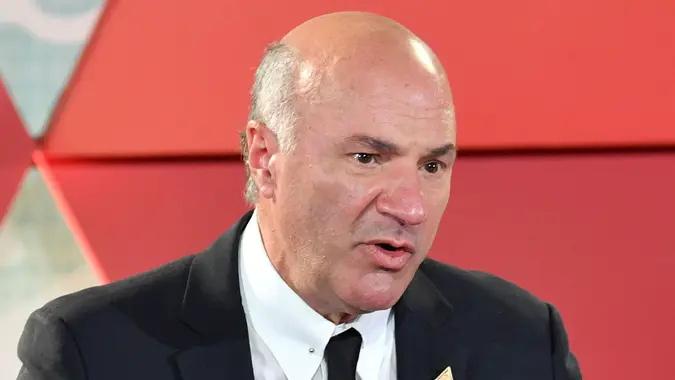How Much Should I Contribute To a 401(k) in My 20s?

Commitment to Our Readers
GOBankingRates' editorial team is committed to bringing you unbiased reviews and information. We use data-driven methodologies to evaluate financial products and services - our reviews and ratings are not influenced by advertisers. You can read more about our editorial guidelines and our products and services review methodology.

20 Years
Helping You Live Richer

Reviewed
by Experts

Trusted by
Millions of Readers
It might sound like a cliché, but there’s a lot of wisdom in the saying that you’re never too young to start saving for retirement. Although this might not seem like a high priority for workers in their 20s — who have enough on their plates just paying for housing and essentials — it’s still a good idea to start putting aside money for later in life.
One of the best ways to do so is with a 401(k), which lets you grow your savings tax-free until you’re old enough to start withdrawing from the account. Better yet, many employers match 401(k) contributions, which amounts to free money in your retirement account.
This year, you’ll also be able to contribute more to your 401(k). The IRS announced that the amount individuals can contribute to their 401(k) plans in 2023 has risen to $22,500 from $20,500 in 2022.
How Much Should You Contribute To Your 401(k) in Your 20s?
So, how much should you contribute to your 401(k) in your 20s? That depends on a lot of factors, including your income and bills.
Those who are struggling to pay for basics such as rent, utilities and groceries probably won’t be able to contribute as much as high-income individuals with plenty of money left over once the bills are paid. Similarly, if you are strapped with high debt, you might have less money left over for a 401(k) contribution.
“Typically, at younger ages it is hard to contribute the maximum amount to retirement plans because of other goals — paying off college loans, buying a house, etc. There has to be a balance between the goals,” Lisa Featherngill, national director of wealth planning at Comerica Bank, told GOBankingRates in an email.
But no matter your financial situation, try your best to set aside something for your 401(k) account — especially now, with higher contribution limits getting set to kick in.
“People at every age should take advantage of the increased contribution limits,” Featherngill said. “In your 20s and 30s the compounding of the extra savings could be significant by the time you retire. For example, if a 25-year-old contributes the extra $2,000 a year for 40 years, at a 6% rate of return, the amount at retirement could be over $300,000.”
Even if your funds are tight, you should try to contribute at least your employer’s matching amount so you don’t miss out on free money, according to a blog on the Selco Community Credit Union website.
Pay Off High-Interest Debt and Ramp Up Your Retirement Savings
Once you have set up an emergency fund and paid off higher interest debt, Fidelity recommends contributing 1% more of your pre-tax income to your retirement accounts. Including your employer’s match, you should aim to save 15% of your pre-tax income a year as you move toward your late 20s and start earning more money.
Even if you can’t reach the 15% target, the Thrivent financial services group recommends trying to boost your retirement contributions by 1% to 2% each year. By the time you reach age 30, shoot for having one year’s salary saved for retirement if you plan to retire around age 65.
Meanwhile, as your pay increases, make an effort to increase your 401(k) contribution rate until you max out the limit.
 Written by
Written by  Edited by
Edited by 
























